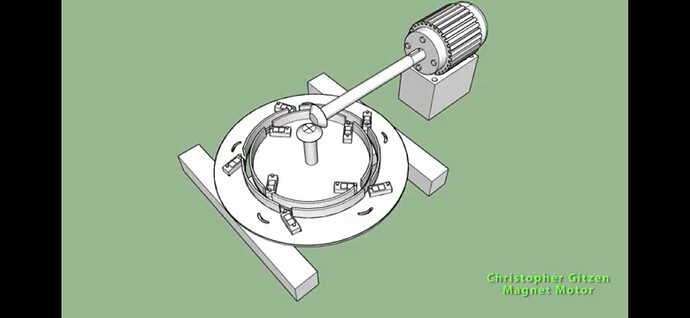I think you are having us on here.
What about the electromagnet i should use?
What about using hall sensors to detect where magnets are and put the electromagnet in the train.
YH, that could work, but then I'd have to keep the arduino on the train, and I need to minimize weight of train because of carrying force of superconductor
I've actually got a "toy" maglev train which has, the electromagnet, MCU and batteries all in it.
I didn't design it though, it came as a kit for about $40....Bought it many years ago.
can u send video or picture?
Do you have an idea which electromagnet would be best?
No video, it's broken....It's a bit late for pictures here but I'll see what I can do tomorrow.
BTW aren't you meant to be learning this for school, not copying it?
I guess I'm ahead
Are you asking about purchasing electromagnets for a custom project? This would be an excellent opportunity to learn how to make electromagnets that will just fit your design.
yh, I could purchase the electromagnet, or purchase the materials for it, any
When you know the magnetic forces needed to move your train, then you can choose or make the electromagnets needed to produce that force at the required distance.
Be sure to look up the Faraday-Lenz Law and get lots of EM wire!
If you open and old hard drive, study the voice coil mechanism, the field in the coil positions it over the matching average field of the magnets in the mu-metal cages the super magnets are in. Figure that out and with enough amps and parts, you could move that train with precisio. HD voice coil moves the heads track to track at 1000's of tracks per inch faster than most switch debounces stabilize!
Amps and loops, the mu-metal is way better for an EM core than iron!
BTW, if it floats by field, move it by the same.
If I use mumetal should I get a solenoid for it or manually wrap the coils?
I would have to wrap the coils around some kind of core which those cages aren't ideally shaped for. The core makes the EM stronger.
I might seek to cut the cages down to flat pieces and stack the core.. and the cages hold quarter-circle magnets. When you see the voice coil movement the curve becomes clear. The magnets (super magnets!) are stronger because of those cages.
Old dead HD's have a motor and nice mirrored platters inside.
Could u explain this more, like I understand faradaylenz law, but not the cages part, and the magnets that I saw were being used for the hard drive were the u shaped magnets, but wut I’m making can’t use that
You see the wire coil that moves between the magnets? The voice coil?
The magnets are one end North, the other end South and a gradient in between? If the voice coil has zero field, it will be pushed to the center of N-S. If some current is run through that coil, its B field will change and the coil will be pushed to where the magnet average equals the coil B.
Suppose you have a long magnet and a row of coils with the coils fixed in place and the magnet free to move along the row only, changing the fields of the coils would push the magnet.
Without regarding strength, a soft iron bar or stick of mu-metal with a magnet at one end becomes a longer magnet. If the bar is uniform, a button at each end can make the field stronger but also not strong at one end and weak at the other. Stick a button magnet on the head of a nail and see what the tip can pick up, pin or paperclip. Just saying that there are ways and then there are ways.
Ohh, that’s the law that has to do with the left hand and fingers, but isn’t it only for a coil in a magnetic field, will it work if u put a magnet in a coil? Don’t they use it in dc motors, but coil moves.
I also got another idea that, when u brought up mumetal, isn’t it also used for shielding what if I made something like this
But without dc motor, since I’ll use superconductors less friction, then at the beginning the train would be started off with the electromagnets and would continue, by being pushed my normal magnets, the mumagnets would be used as a shield, because less coil will be needed, and less voltage, to move the whole train
Are you ever going to measure the force needed to start the train moving?
